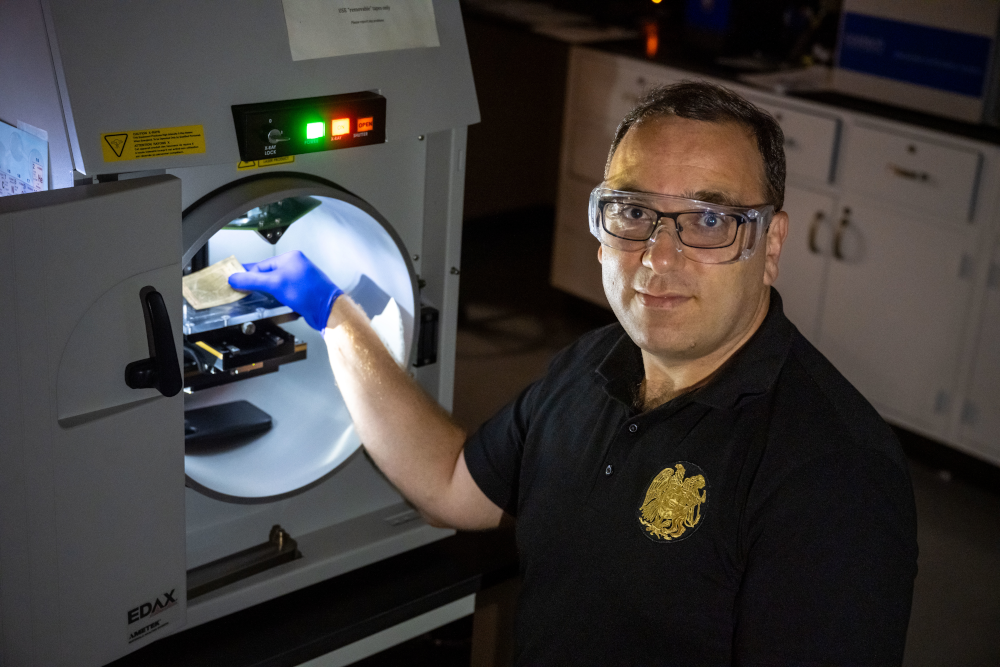
I am Khachatur Manukyan, a Research Associate Professor at the Nuclear Science Laboratory in the Department of Physics and Astronomy at the University of Notre Dame. I earned my Ph.D. in Physical Chemistry from Yerevan State University in Armenia in 2006. During my studies, I focused on investigating combustion processes to create nanoscale materials with unique mechanical and electrical properties. After completing my Ph.D., I worked as a lecturer at Yerevan State University and held visiting scientist positions at the Institute of Chemical Physics at the National Academy of Sciences of Armenia in Yerevan and the Swiss Federal Laboratories for Materials Science and Technology in Dübendorf. In 2010, I became a Fulbright Visiting Scholar at the Department of Chemical and Biomolecular Engineering at the University of Notre Dame. Later on, in 2013, I became a research associate at the Department of Physics and eventually transitioned into a Research Assistant Professor role.
My research aims to unravel the complexities of novel material creation, where the realms of material science, chemistry, and physics converge. I am fascinated by the rapid physical and chemical processes that induce profound structural changes, such as swift phase transitions, rapid amorphization, and crystallization. I am keen to unearth the essential connections between material synthesis, processing, structure, and function. At the core of my scientific endeavor, I explore materials specially tailored for nuclear science measurements, energy, and structural applications. These are areas of immense significance, as they provide the foundation for advancing our understanding of materials and their role in powering modern technologies.
My curiosity extends far beyond contemporary materials. I explore the structure, composition, and preparation methods of artworks, ancient alloys, medieval manuscripts, historical documents, and even paper money. In these ancient artifacts, I seek a profound connection with our ancestors, shedding light on the materials they ingeniously employed and the techniques they mastered. By bridging the past and present, we forge a path where history and science intertwine.
Throughout my scientific career, I have published more than 100 research articles in archival journals within these fields.